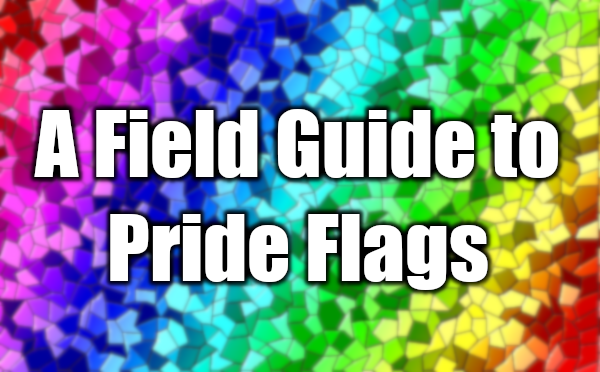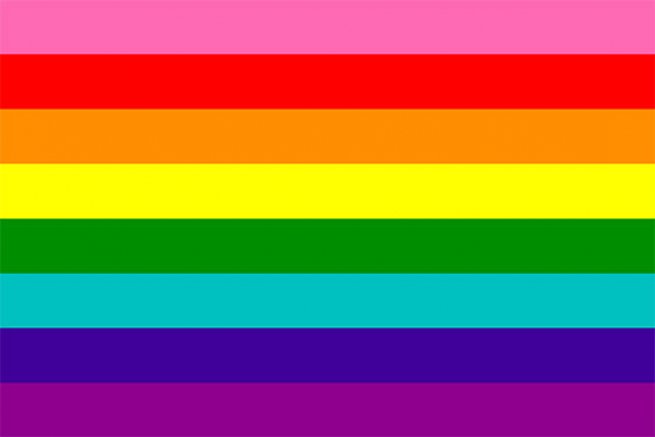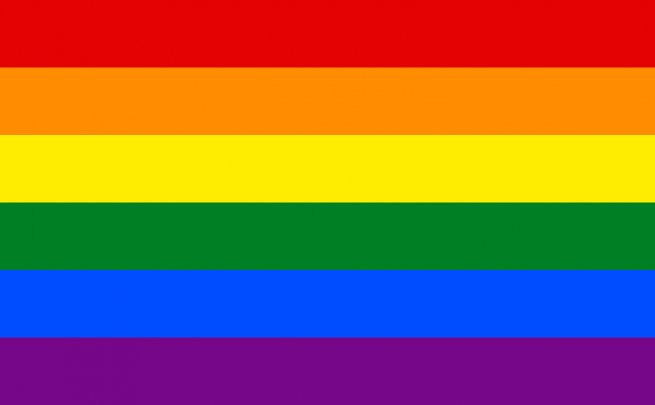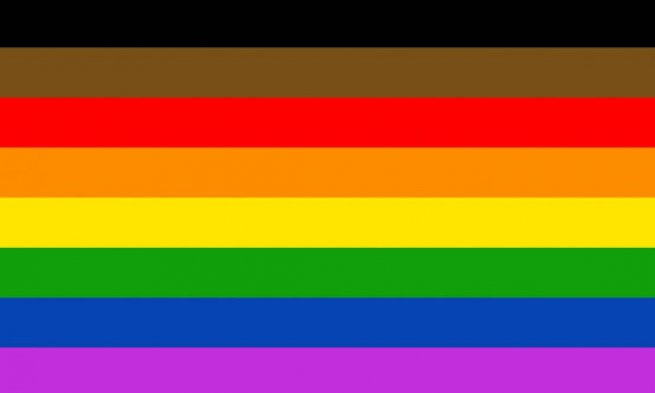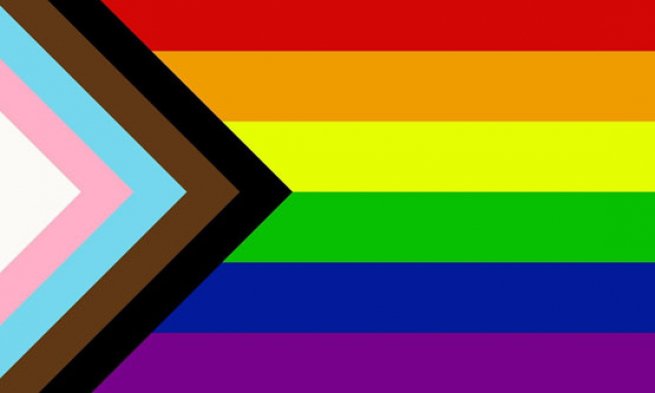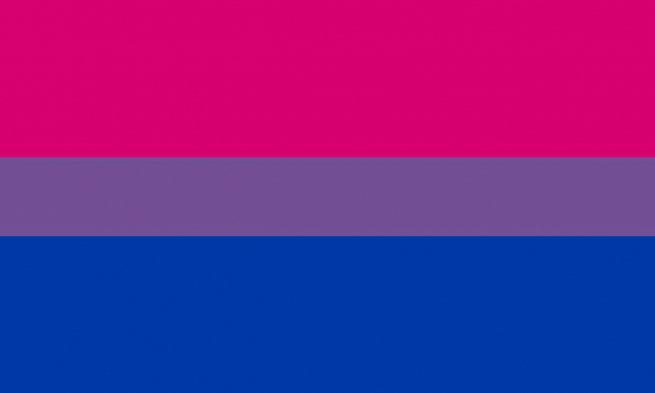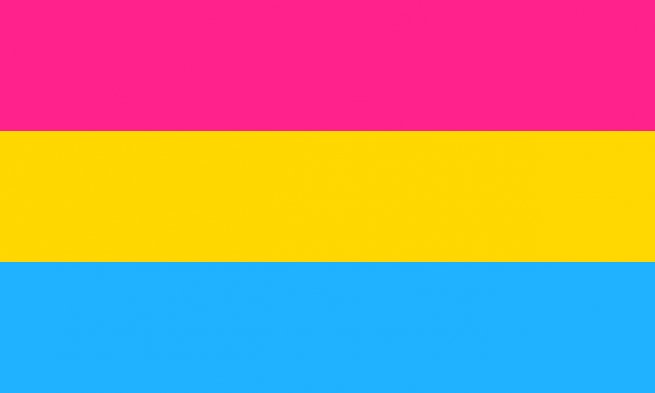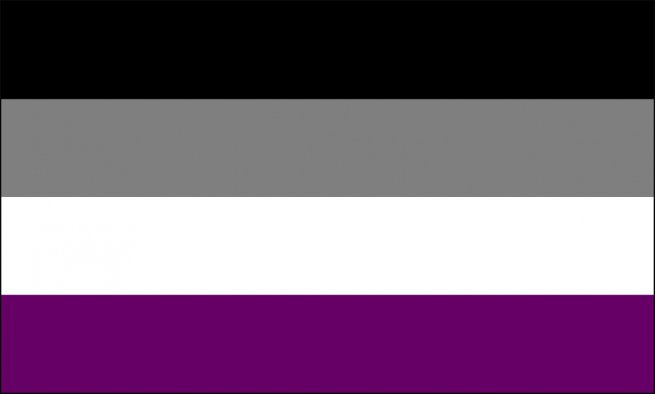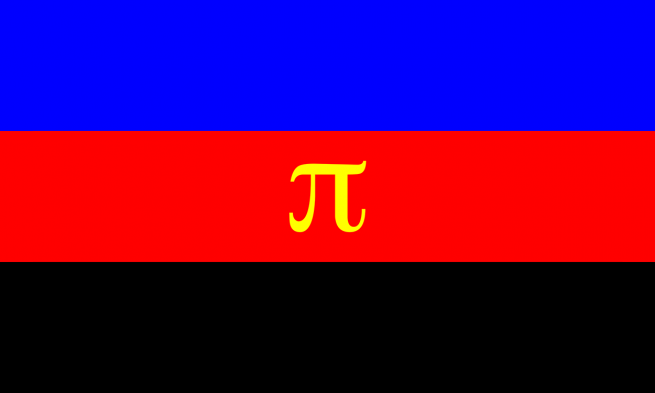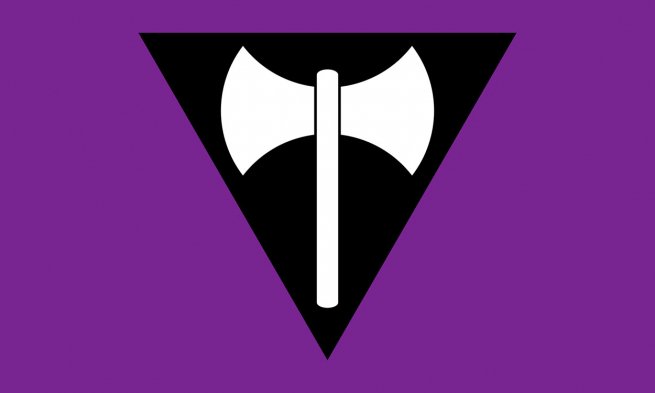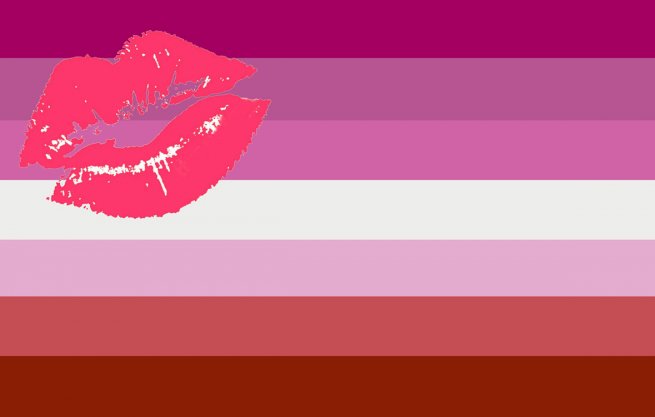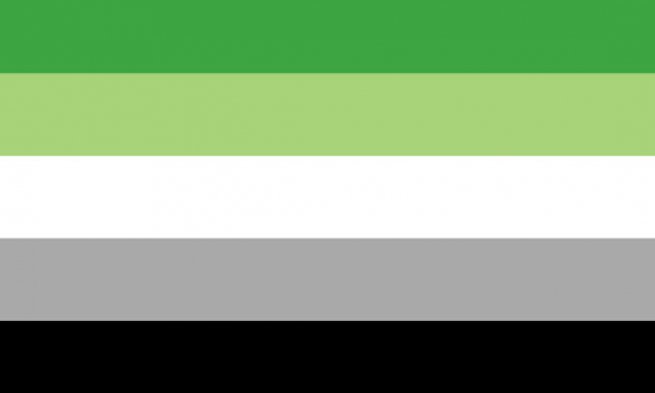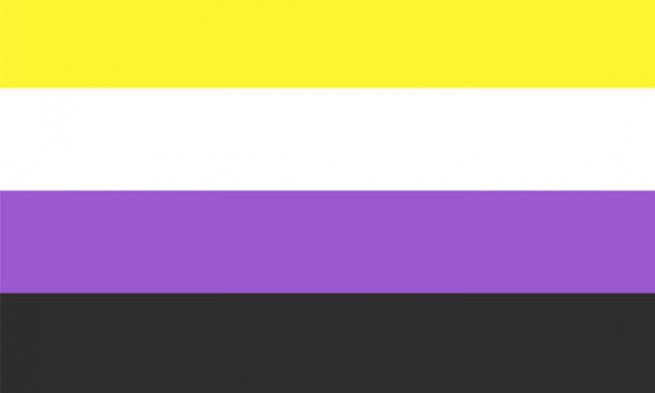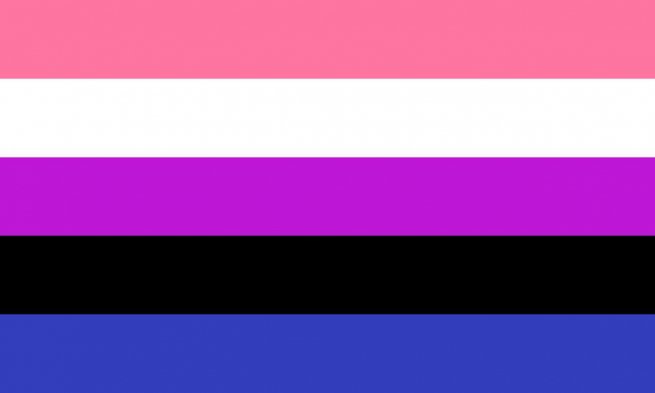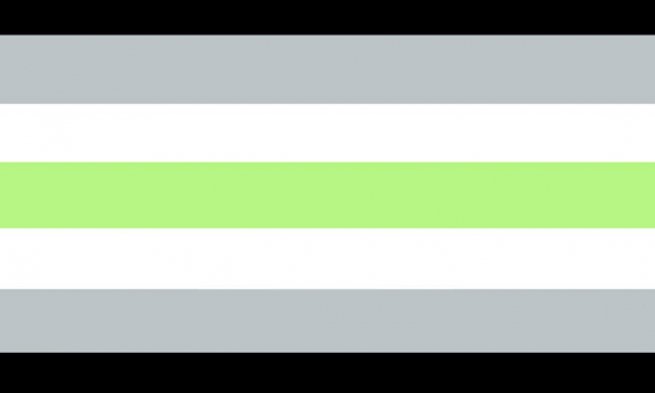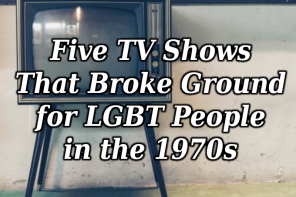Everyone is feeling prideful these days. While LGBT and gay pride parades used to be fairly small and insular, they are now encouraging people from across the LGBTQIA+ communities to come forward and literally fly their flag.
While this is great in terms of bring inclusive and encouraging people to live their truth, it has also become a bit overwhelming in terms of understanding which flag is for what community. That’s why we brought together a list of every pride flag we could find.
Please note, each of these flags have a number of variations. People, organizations and communities often change and personalize a flag in order to more closely represent themselves or as a way to make them more inclusive. I have chosen to feature the common or mainstreams of each for the sake of brevity. This choice in no way minimizes the importance of each flag in all its various incarnations. In fact, if you have a different version of one of these flags, please share it in the comments!
The Original Rainbow Flag
This is the iconic original Rainbow Pride flag, designed by Gilbert Baker on the request of Harvey Milk. the flag was designed for the San Francisco Gay Freedom Day Parade celebration on June 25, 1978. Baker went on to become famous for his iconic design, though there is some controversy over whether the design was his sole design. (You can read the full story in our Gay History Brief here.)
The original pride flag used 8 colors (later reduced to 7 because of difficulty in obtaining hot pink fabric). Each color represented a specific aspect of queer culture being celebrated:
- Hot Pink – Sex
- Red – Life
- Orange – Healing
- Yellow – Sunlight
- Green – Nature
- Turquoise – Magic/Art
- Indigo – Serenity
- Violet – Spirit
The Traditional Rainbow Flag
While the original flag was accepted after several years, the odd number stripes caused complications. In the end, turquoise was dropped and the 6 color rainbow flag we know today was born.
Philadelphia’s Inclusive Flag
In 2017, the LGBT community in Philadelphia wanted to do something to be more inclusive. There had been a number of accusations and scandals surrounding racism and racial discrimination throughout the city. The problems eventually led to 11 venues that catered to the queer community needing to undergo training in racial sensitivity.
Two stripes were added in the Philly flag to represent people of color. The change quickly made headlines and sparked debate. Some claimed the original flag included all races and making a separate statement detracted from the spirit of the original. Those on the other side of the argument pointed out that discrimination was a serious issue and issuing a flag that celebrated inclusiveness was completely in keeping with the original sentiment.
The Progress Flag
Designer Daniel Quasar stepped forward and designed a new even more inclusive flag in 2018.
In 2018, Quasar – who identifies as queer and nonbinary – began a Kickstarter to spread the word about the new flag. He added different elements from other flags (discussed further down) to make this flag more inclusive and more in touch with the wider community. The white, pink, and light blue reflect the colors of the transgender pride flag, while the brown and black stripes represent people of color and those lost to AIDS. In his campaign Quasar said “When the Pride flag was recreated in the last year to include both black/brown stripes as well as the trans stripes included this year, I wanted to see if there could be more emphasis in the design of the flag to give it more meaning,.”
Bisexual Flag
This was designed by Michael Page and was inspired by the ‘biangle’ – two overlapping pink and blue triangles – which was used as a symbol for bisexuality in the past. In Page’s interpretation of the flag, he uses the overlap of colors to represent bisexuality.
Pansexual Flag
The origins of the Pansexual Pride Flag aren’t as well-known as other pride flags. It began to appear online in the “mid 2010s and is now widely accepted as the Pansexual Pride Flag. The pink and blue represent both female and male while the yellow represents genderfluid, non-binary or otherwise gender non-conforming people.
Fun Fact: While most sources dance around who the creator was, I did find a reference to a Tumblr user as being the originator. Checking out their site revealed this confession where user JustJasper definitively states:
you know the pink/yellow/blue pansexual flag design? […]
i came up with that.
The Ace Flag
Like the Pansexual flag, the Ace Flag was created online through a community. In this case it was through the website AVEN (Asexual Visibility and Education Network), which was a community for Asexual people. It was one of several designs put forth and voted on by the community. If you want to have some fun and see how it all developed, check out the original thread for the winner here which links to the earlier threads. it’s a great way to see the evolution of this design first-hand.
Polyamory Flag
Designed by Jim Evans in 1995, the Polyamory flag features three stripes and the symbol for pi in the middle. The pi symbol was chosen because it shares to first letter as ‘poly’ – though personally I’d think it was because the numberpi is infinite, as is the potential for love in a poly relationship but whatever. The color gold was chosen for pi because it emphasizes “the value that we place on the emotional attachment to others… as opposed to merely primarily physical relationships.”
The three colors used in this flag also carry meaning:
- Blue – Openness and honesty among partners
- Red – Love and passion
- Black – Solidarity with those who must hide their polyamorous relationships
Labrys Lesbian Pride Flag
The Labrys Lesbian Pride Flag was created by graphic designer Sean Campbell in 1999. It features a labrys, an ax-like weapon used by Grecian amazons. The flag lacks the mainstream acceptance of many other pride flags but remains a common symbol in many lesbian circles.
Lipstick Lesbian Flag
The term ‘Lipstick Lesbian’ isn’t always seen as a positive phrase. Some women take great offense while others embrace it as a way to identify as more femme. This flag uses hues of rose and pink to reflect – and celebrate – that overtly feminine look.
Aromantic Flag
Asexual flags celebrate those who have rejected sexual attraction, but rejecting romantic attraction is something different. Aromantic people may engage in sex with friends or lovers, they simply don’t participate or feel the need for romantic love. They use green (the opposite of purple on the color wheel) to represent their rejection of romantic love.
Transgender Flag
The Transgender pride flag was designed by Monica Helms, a trans woman, in 1999. She explained the color choices saying “The light blue is the traditional color for baby boys, pink is for girls, and the white in the middle is for those who are transitioning, those who feel they have a neutral gender or no gender, and those who are intersexed.” As far as design, she smiled and said, “The pattern is such that no matter which way you fly it, it will always be correct. This symbolizes us trying to find correctness in our own lives.”
Non-binary Flag
Non-binary individuals began to speak up about feeling underrepresented in general and, in 2014, Kye Rowan decided to do something about it. Kye used yellow to symbolize gender outside a binary, white as the mix of all genders, purple for those who flow between genders and black for the community of agender people.
Genderqueer Flag
The genderqueer flag was created by Marilyn Roxie, a genderqueer writer, musician and designer in 2011. The genderqueer flag celebrates androgyny with lavender, agender identities with white and non-binary people with green.
Genderfluid/Genderflexible Flag
- Like the people it represents, the genderfluid flag incorporates a variety of colors. Each color represents some aspect of being genderfluid:
- Pink – Femininity
- White – Lack of gender
- Purple – Combination of masculinity and femininity
- Black – All genders (including third genders)
- Blue – Masculinity
Agender Flag
Identifying as agender sets you apart in many different ways. While genderqueer individuals play around with and push the boundaries of gender as we understand it, agender people simply want nothing to do with it. Androgyny is nothing new but it’s certainly not as accepted as other forms of self-expression. This flag uses black and white to represent the absence of gender and green to symbolize those who truly march to the beat of their own drum

